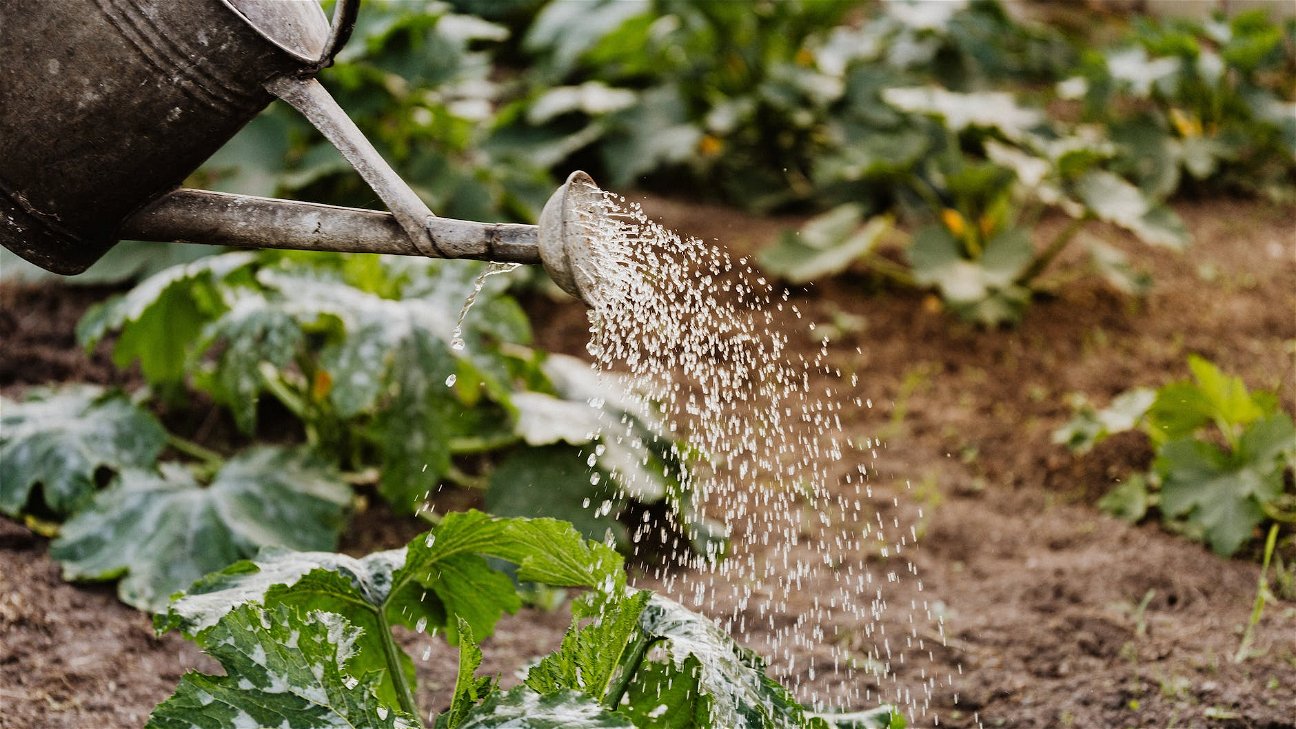
Getting through the winter can be a tough task for tender perennials. These plants, which thrive in warmer climates, often struggle when the temperature drops. But don't despair! With some careful preparation and the right techniques, it's entirely possible to overwinter your tender perennials and ensure they bloom beautifully again in the spring. In this article, we're going to explore the four top techniques for overwintering tender perennials.
Overwintering 101
Before we dive into the techniques, let's briefly discuss what 'overwintering' means. Overwintering is the process of protecting plants that aren't hardy enough to survive cold winter conditions. By using various methods, gardeners can help these plants make it through the winter so they can flourish again once the weather warms up.
1. Mulching
One effective way to protect your tender perennials over the winter is by mulching. Mulch acts like a blanket for your plants, insulating the soil and protecting the roots from harsh winter conditions. Organic mulches like straw, leaves, or wood chips are excellent choices.
Here's how to do it:
- Clear away any debris around the plant
- Apply a thick layer of mulch around the base of the plant
- Be sure not to mound the mulch too close to the stem of the plant, as this can lead to rot
2. Wrapping
Another technique for overwintering tender perennials is wrapping. This involves covering the plants with a protective material to shield them from cold winds and frost.
Materials like burlap, frost blankets, or even old bed sheets can be used. Simply wrap the material around the plant and secure it with twine or stakes.
3. Indoor Overwintering
For some tender perennials, the best form of protection is to bring them indoors. This is particularly useful for potted perennials which can be easily moved.
To overwinter your plants indoors, follow these steps:
- Before bringing your plants inside, inspect them for pests
- Place your plants in a cool, bright location
- Water sparingly throughout the winter months, as overwatering can lead to root rot
4. Planting in Protective Locations
The location you choose to plant your tender perennials can also help protect them from winter weather. Planting near structures like walls or fences can provide some protection from wind and create a microclimate that is slightly warmer than surrounding areas.
Below is a table summarizing the methods and their pros and cons:
Remember, the key to successful overwintering is preparation. Start implementing these techniques in the early fall, before the first frost arrives.











